Field Exchange Issue 55
Editorials

Editorial
Published:
Article Type:
Editorials
Original articles
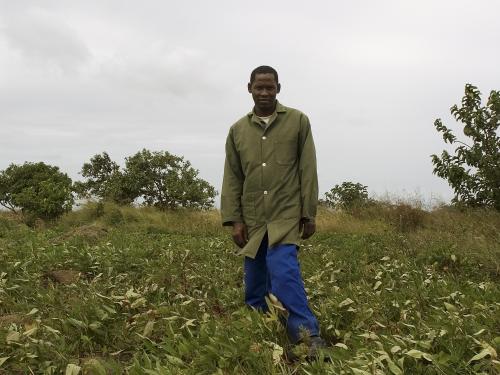
Optimal investments in biofortification
Published:
Article Type:
Original articles
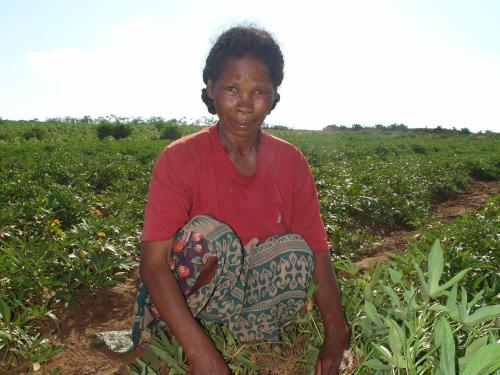
Development and delivery of orange sweet potato in Sub-Saharan Africa
Published:
Article Type:
Original articles

Methods to detect cases of severely malnourished infants under six months
Published:
Article Type:
Original articles
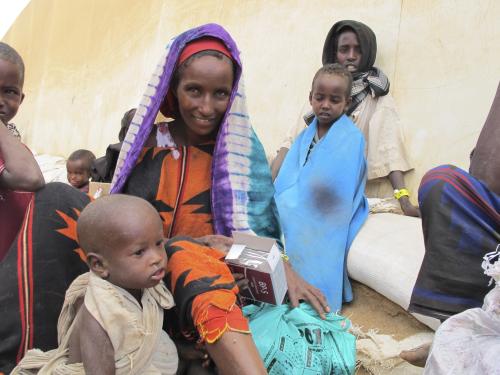
A small-quantity, lipid-based nutrient supplement to reduce anaemia and stunting among refugees in the Horn of Africa
Published:
Article Type:
Original articles
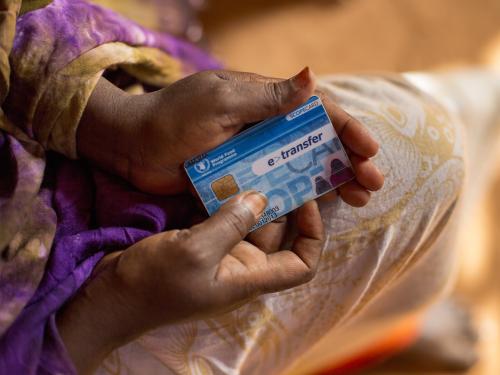
Child outcomes of cash transfer programmes in humanitarian and development contexts
Published:
Article Type:
Original articles
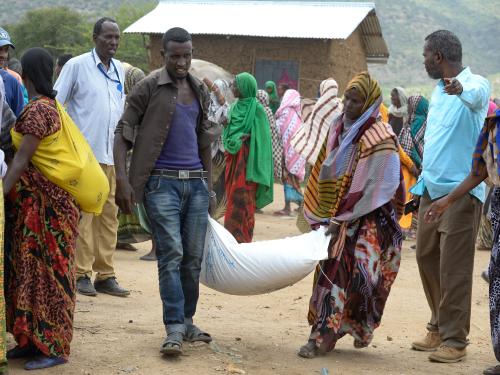
The impact of Ethiopia’s Productive Safety Net Programme on the nutritional status of children
Published:
Article Type:
Original articles

Financing the sustainable scale-up of CMAM in high-burden countries
Published:
Article Type:
Original articles

Diagnostic criteria for severe acute malnutrition among infants under six months of age
Published:
Article Type:
Original articles
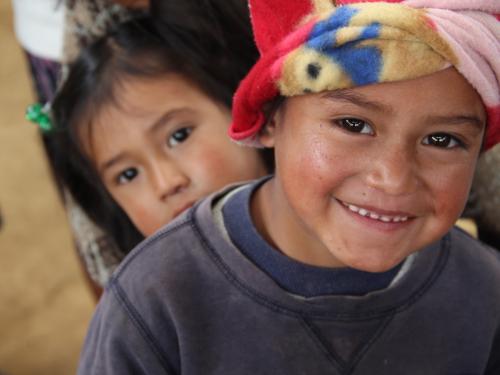
Preventing and treating growth faltering in Maya children
Published:
Article Type:
Original articles

Does nutritional supplementation for two weeks prevent malnutrition in ill children?
Published:
Article Type:
Original articles

The link between tuberculosis and undernutrition
Published:
Article Type:
Original articles
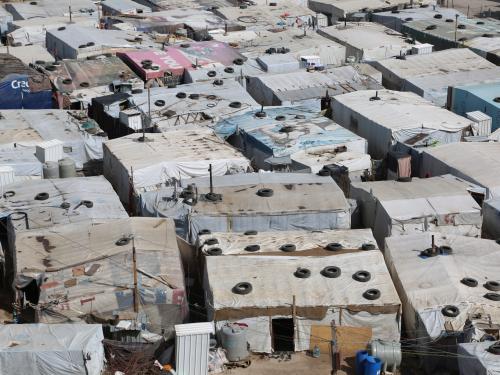
Refugee crisis presents a human paradox
Published:
Article Type:
Original articles

Pros and cons of cost-effectiveness thresholds
Published:
Article Type:
Original articles

Review of WHO guidelines for the inpatient management of severe acute malnutrition
Published:
Article Type:
Original articles
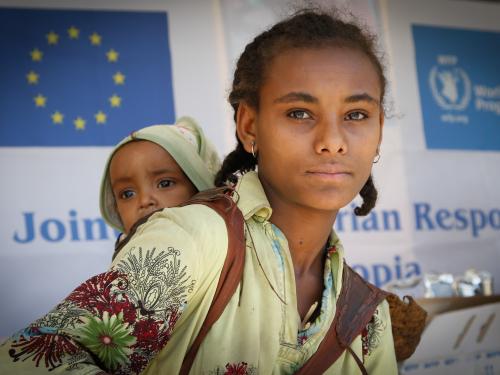
Drought, conflict and undernutrition in Ethiopia
Published:
Article Type:
Original articles
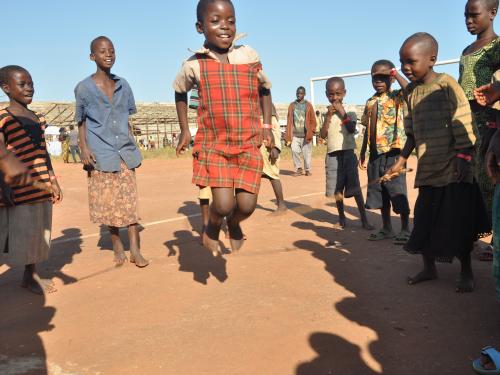
Factors associated with stunting among pre-school children in Tanzania
Published:
Article Type:
Original articles

Aid effectiveness of the Zimbabwe multi-donor trust fund
Published:
Article Type:
Original articles
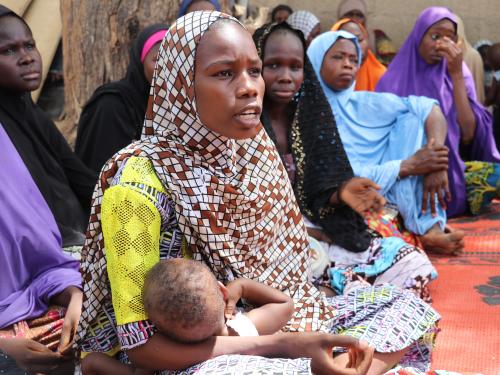
Famine fears in northeast Nigeria as Boko Haram fight rages
Published:
Article Type:
Original articles
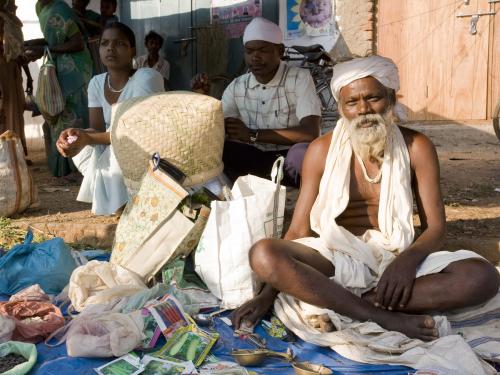
Role of intestinal dysfunction in the nutritional compromise seen in human immunodeficiency virus-infected adults in rural India
Published:
Article Type:
Original articles

A qualitative study of the root causes of undernutrition in Nairobi slums
Published:
Article Type:
Original articles

Global trends and patterns of commercial milk-based formula sales
Published:
Article Type:
Original articles

Violations of the International Code of Marketing of Breast-milk Substitutes: Indonesia context
Published:
Article Type:
Original articles
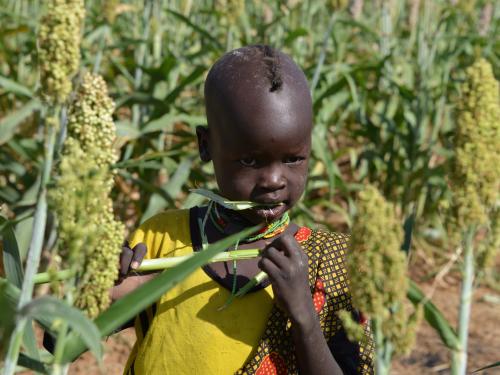
Child height gain is associated with consumption of animal-source foods in livestock-owning households in Western Kenya
Published:
Article Type:
Original articles

A review of barriers to and enablers of nutrition policy change
Published:
Article Type:
Original articles

Impact of a conditional cash transfer programme on determinants of child health in Colombia
Published:
Article Type:
Original articles
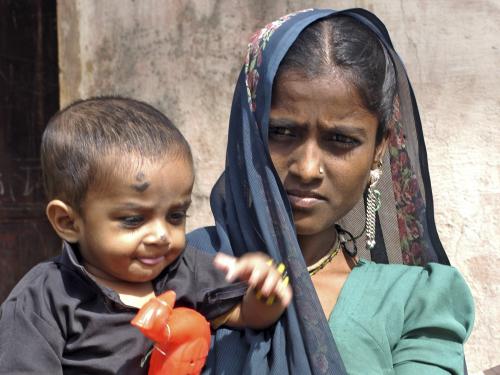
MUAC vs WHZ in predicting mortality in hospitalised children under five years of age
Published:
Article Type:
Original articles

Impact of maternal undernutrition and childbearing in adolescence on offspring stunting
Published:
Article Type:
Original articles

An overview of biofortification in Africa
Published:
Article Type:
Original articles

AJFAND special issue on biofortification
Published:
Article Type:
Original articles
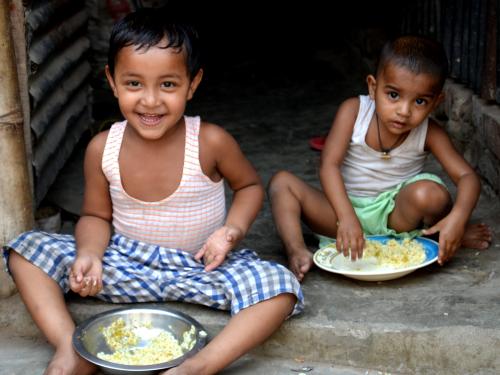
Is exposure to animal faeces harmful to child nutrition and health outcomes?
Published:
Article Type:
Original articles

The effects of DFID CTPs on poverty and vulnerability
Published:
Article Type:
Original articles

The impact of in-kind food assistance on pastoralist livelihoods in humanitarian crises
Published:
Article Type:
Original articles

Preparation and presentation of corn-soy blend for moderately malnourished children in Malawi
Published:
Article Type:
Original articles

Does economic growth reduce childhood undernutrition in Ethiopia?
Published:
Article Type:
Original articles
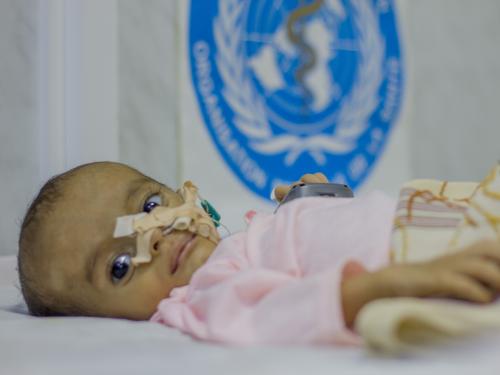
Building capacity in inpatient treatment of severe acute malnutrition in Yemen
Published:
Article Type:
Original articles

Evaluation of the response to Hurricane Matthew, Haiti
Published:
Article Type:
Original articles

Retrospective qualitative analysis of an infant and young child feeding intervention among refugees in Europe
Published:
Article Type:
Original articles

Interventions to build resilience of the health system to the El Niño drought in Ethiopia
Published:
Article Type:
Original articles

Improving nutrition information systems: lessons from Kenya
Published:
Article Type:
Original articles
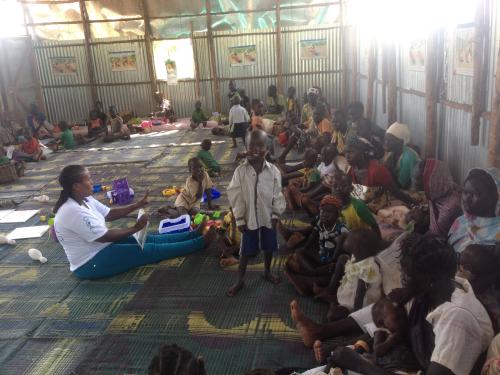
Management of acute malnutrition in infants less than six months in a South Sudanese refugee population in Ethiopia
Published:
Article Type:
Original articles
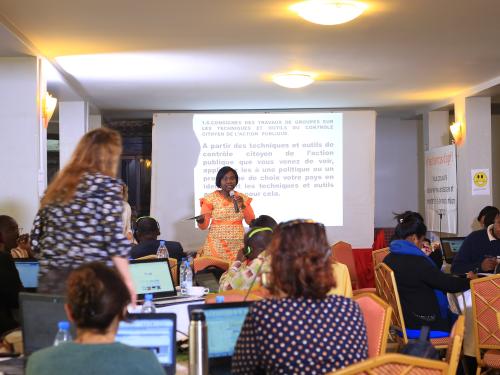
Advocating for nutrition in West Africa: The role of SUN Civil Society Alliances
Published:
Article Type:
Original articles
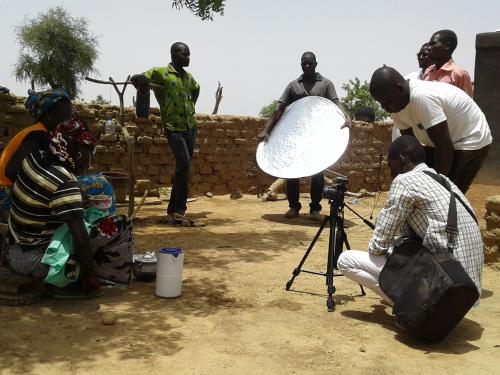
Community video in the Sahel: from pilot to scale
Published:
Article Type:
Original articles
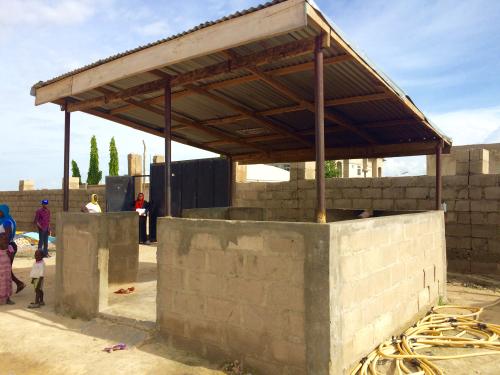
Learning from the Porridge Mums project in northeast Nigeria
Published:
Article Type:
Original articles

A multisector approach to monitoring planned and actual nutrition spending
Published:
Article Type:
Original articles
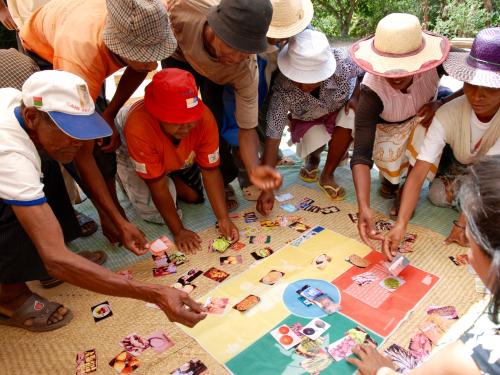
Impact of nutrition education alongside treatment of moderate acute malnutrition in Madagascar
Published:
Article Type:
Original articles
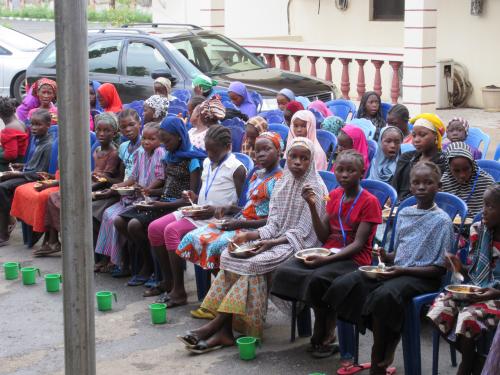
Mainstreaming nutrition in a school-based feeding programme in northeast Nigeria
Published:
Article Type:
Original articles

Realising rights and livelihoods opportunities among tribal populations in rural India
Published:
Article Type:
Original articles
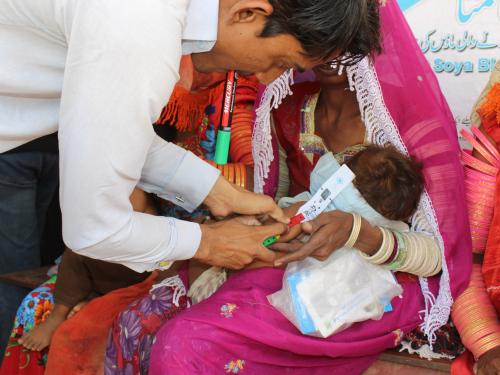
Multi-sector, nutrition-sensitive response to drought emergency in Pakistan
Published:
Article Type:
Original articles
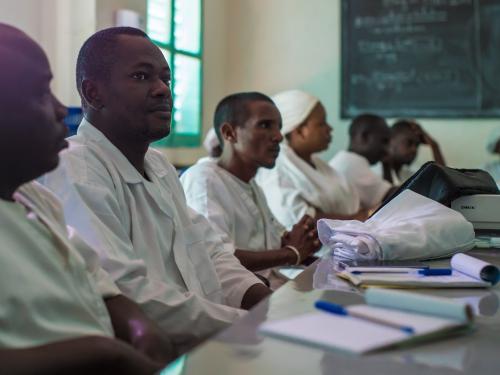
Building health service capacity to manage severe acute malnutrition in Mali
Published:
Article Type:
Original articles

Scaling up CMAM in protracted emergencies and low resource settings: experiences from Sudan
Published:
Article Type:
Original articles
News & Views

Launch of The State of Severe Malnutrition website
Published:
Article Type:
News & Views

Prioritising acute malnutrition research: preliminary results of a CHNRI survey
Published:
Article Type:
News & Views

Driving evidence to action: The Council of Research & Technical Advice on SAM (CORTASAM)
Published:
Article Type:
News & Views

No Wasted Lives: Accelerating action for children with acute malnutrition
Published:
Article Type:
News & Views

Public health in humanitarian crises online course
Published:
Article Type:
News & Views

UNHCR multi-sector market assessment toolkit
Published:
Article Type:
News & Views

#SenegalNutrition
Published:
Article Type:
News & Views

What does nutrition-sensitive programming mean for WFP?
Published:
Article Type:
News & Views

WHO’s new emergencies programme bridges two worlds
Published:
Article Type:
News & Views
Agency profiles

Valid International
Published:
Article Type:
Agency profiles

